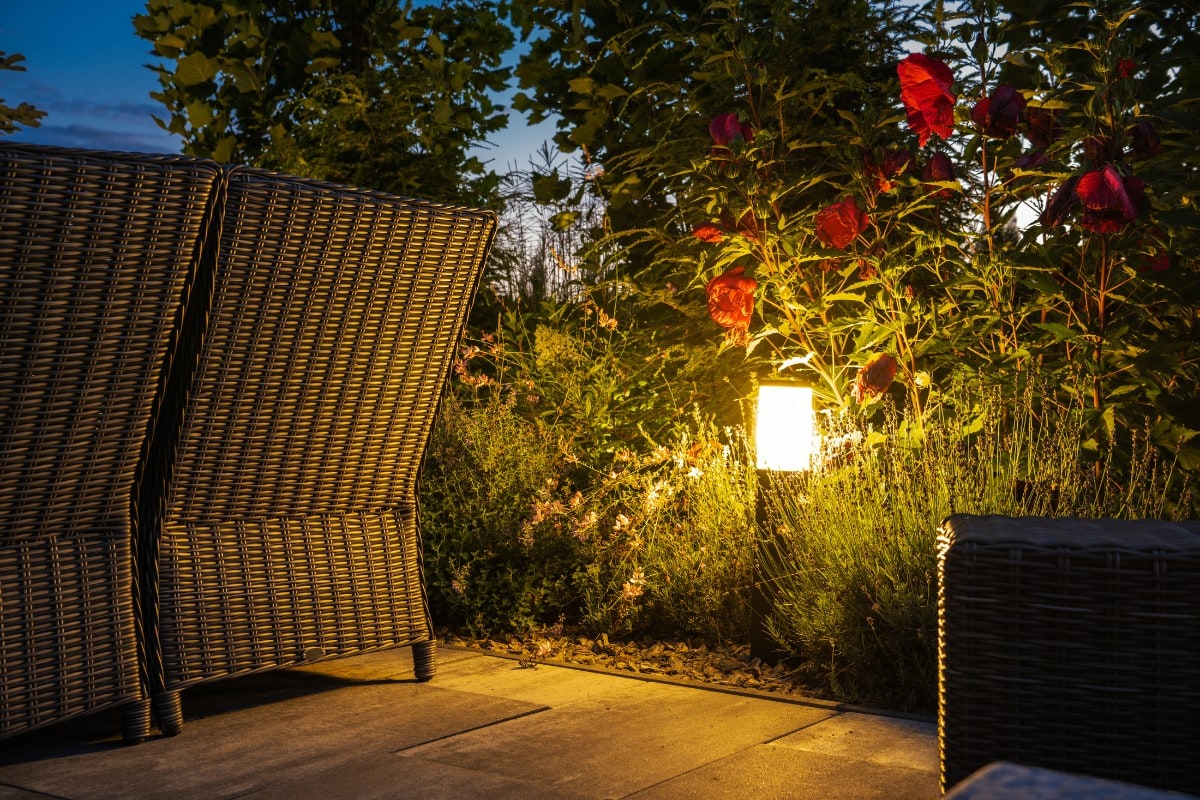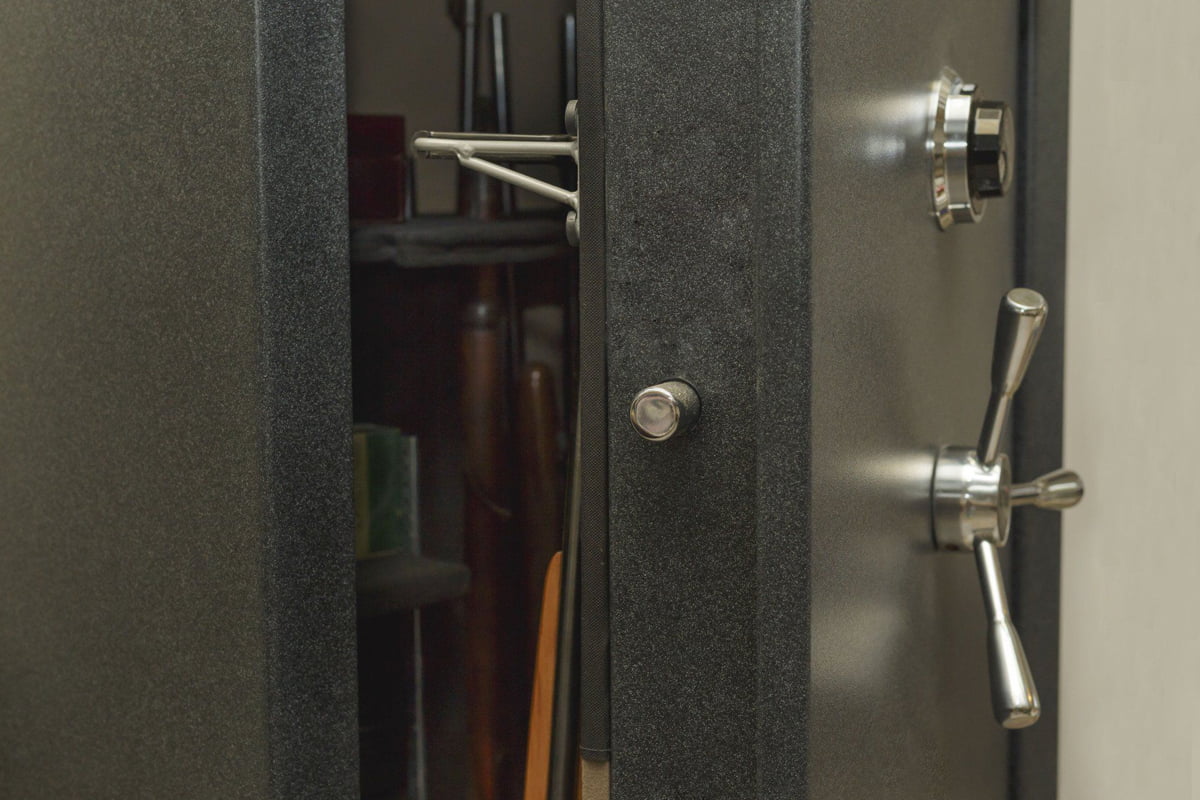The term landscape lighting is somewhat broad. It can include anything from your front gate to your front door to the retaining wall at the very back side of your property. We generally categorize outdoor lighting into two categories – landscape lighting and architectural lighting, with one being everything but the house facade and the other being the “everything else”.
A lot of people ask if there are any quick and easy tips or tricks for designing landscape lighting. Of course, there’s certainly not one right way to design anything, but here are some lighting do’s and don’ts to follow based on experience and design preference.
Top 5 Don’ts for Landscape Lighting
Don’t Try to Light Everything
It’s better to pick and area and light it well than to sparsely light a lot of areas and not do any of them well.
Don’t Focus on the Fixture
Think of it this way. Outdoor lights are about how you want your home to look at night. Whether you use an artfully sculpted fixture or a plain-but-functional fixture, your your lighting goal of evening illumination renders that fixture barely visible if at all. On design features, focus on the design of those features. On lighting, focus on the effect.
Don’t Put Path Lights in Grass if It Can Be Avoided
Grass needs to be cut. It gets walked on, run over by small legs, trampled over by dogs, and destroyed by weed eaters. This is not the place you want to put up your outdoor lighting fixture. If you have a landscaping bed on the other side of the path or walkway, that is a much better place for path lights.
Don’t Leave the Critical Areas Dark
If an area of your front or back yard is not illuminated, people will not go there or walk there. Take this scenario for example. Let’s say you have a pool in your back yard. The pool has two paths that lead to it. One goes straight to the house into the living room. The other also goes to the house but through the mud room. Where would you rather have your wet swimmers enter your home? Too many people light one path instead of the other, and night swimmers will only take the illuminated path.
Don’t Use Too Many Fixtures
Often, an inexperienced landscape lighting designer or a landscaper who is not skilled in landscape lighting will install way too many fixtures. There are two unfortunate reasons they do this. Either they are using fixtures that are too weak to do the job or they are just plain selling you too many fixtures. Based on the bulb strength and direction as well as the placement of the fixtures and the bulbs within the fixtures, a couple of well-designed and placed fixtures can do the work of 20 poorly placed and poor quality fixtures.
Top 5 Dos for Landscape Lighting
House First, Trees Second
Focus on lighting the house first and the trees second. Outdoor lighting’s primary focus should be the most beautiful and important thing on your grounds – your house. Outdoor lighting reveals the beauty of your home at night and makes it safer and more secure.
Keep Fixtures Close to the House
Keep fixtures close to the house so they’re not obtrusive to homeowners inside of the home or tripping hazards to people outside the home.
Focus On the Area You Enjoy
After lighting your house, focus on the area of your yard or grounds where you like to spend your time. When outdoors do you like to spend time on the deck, patio, or another place in your yard? Light that area next. Outdoor lighting makes it possible to enjoy your outdoors at night and not just during the day.
Light a Focal Tree or Element
Think about lighting a focal tree or element. Often times, people want to light a tree line or another beautiful element of their yard when illuminating a beautiful 100 foot tree or water feature might add more to the enjoyment of the illuminated outdoor living area. For example, once you’ve lit your home and your deck, lighting a sculpture or tree or water feature might add to the ambiance without leading to over-lighting.
Talk to Your Designer if You Have One
Most importantly, talk to your lighting designer. Have them come out to your home. Ask them for their recommendations and ask them why. It’s very easy to spot a professional and it’s even easier to spot someone who doesn’t know what they’re doing. Make sure you call lighting designers that focus exclusively on outdoor lighting. A landscaper just isn’t going to have the knowledge or experience that a qualified, professional, seasoned lighting designer does.









